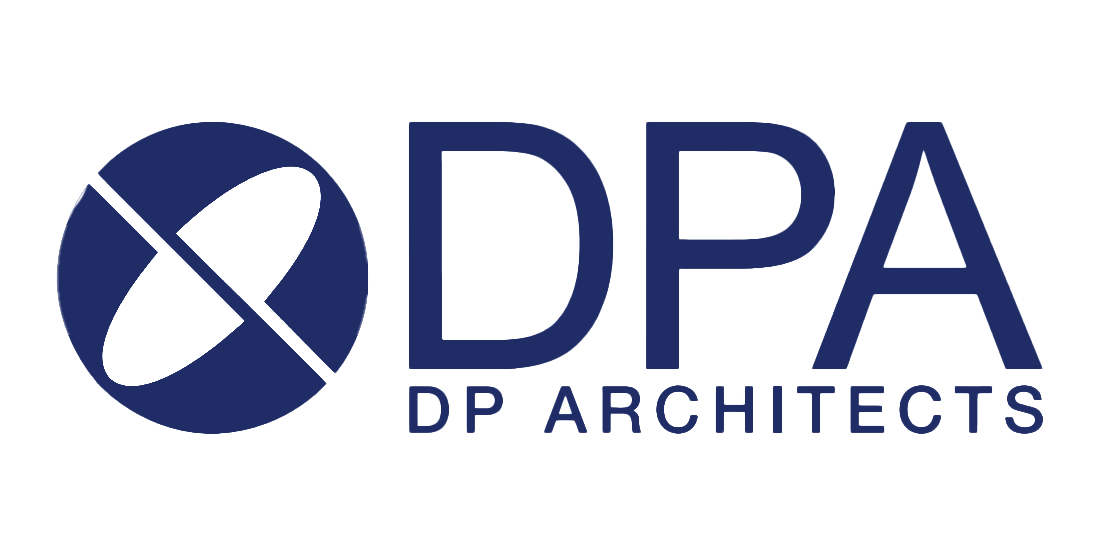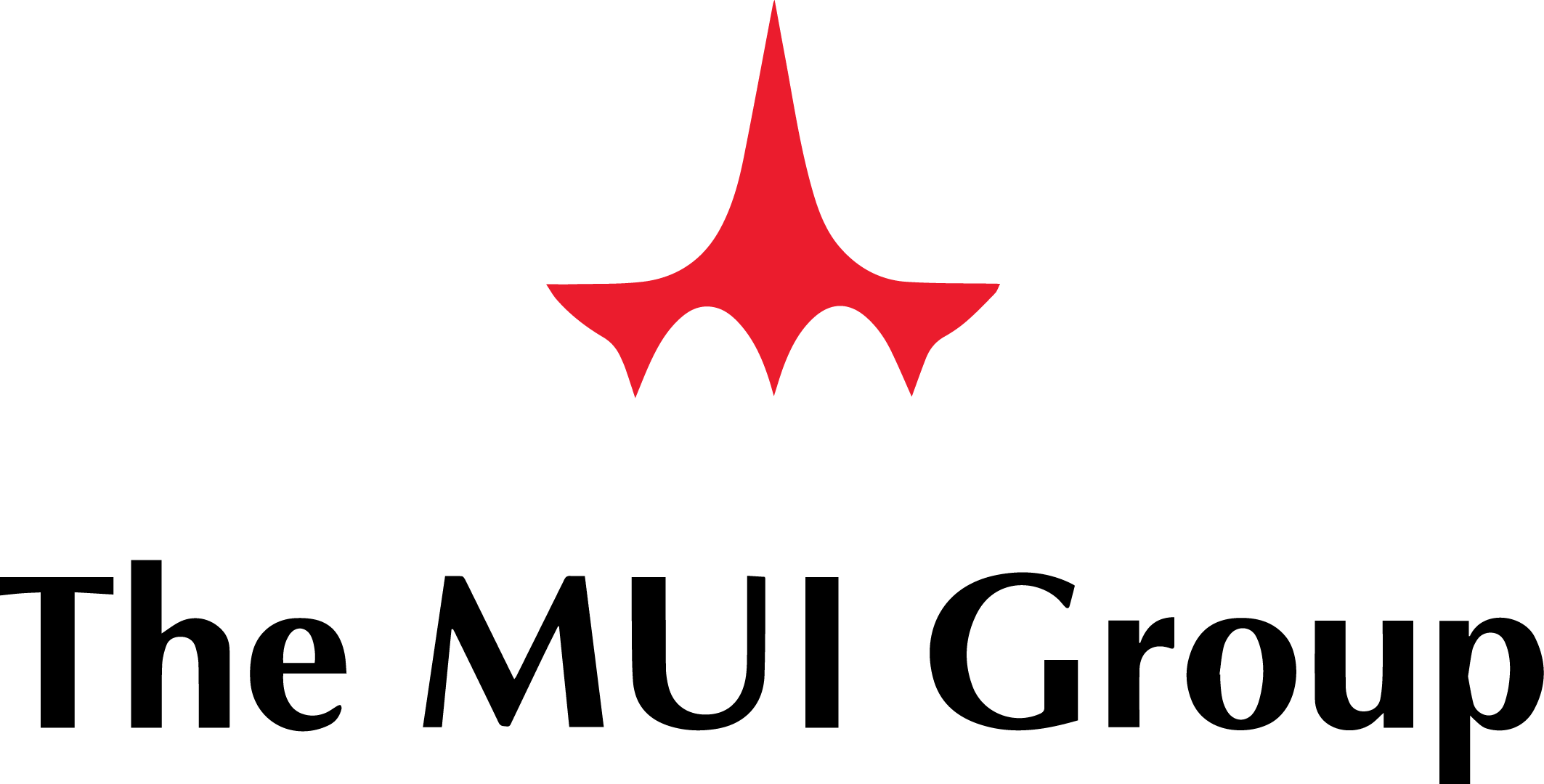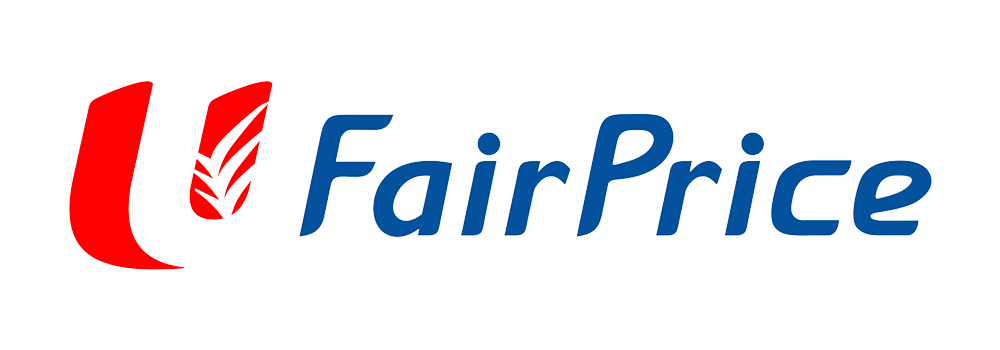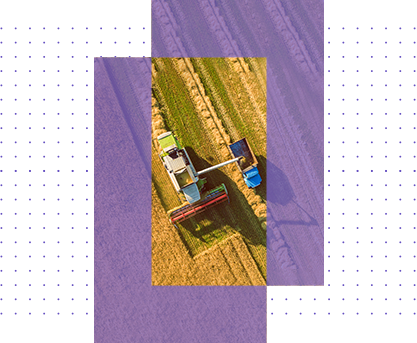Terrascope and FLAG (Forest, Land and Agriculture)
The Forest, Land, and Agriculture (FLAG) Science Based Target Setting Guidance is a pioneering global standard for companies in land-intensive sectors to set science-based targets that include land-based emissions reductions and removals. This robust, science-driven approach aligns with the Paris Agreement's 1.5°C goal, enabling companies to effectively slash land-related emissions.
Companies falling under the Science Based Target initiative’s (SBTi) FLAG-designated sectors or with over 20% FLAG-related emissions are required to set FLAG targets. They must establish a baseline year, account for land-based emissions and removals separately, and trace primary commodity emissions in processed products.
Terrascope assists companies in meeting these requirements by identifying land-intensive activities, verifying FLAG-related emission thresholds, and meticulously accounting for land-based emissions and removals. Additionally, Terrascope accurately maps raw commodities in processed products and guides companies in selecting appropriate pathways for setting FLAG targets. Adopt FLAG Guidance and Terrascope's expertise to drive your company towards a sustainable and responsible future.
%203.png)
Agricultural Emissions Hotspots
The food and beverage sector is responsible for 34% of global GHG emissions across its value chain. While agriculture and land use change are primary contributors, a significant proportion comes from trading and retail businesses in the food and beverage industry. Achieving decarbonisation poses unique challenges, given the sector's decentralisation and the need to balance climate goals with biodiversity, food security, and the well-being of farmers and communities.

Methane Emissions: Rice Cultivation
Paddy rice cultivation, in which flooded fields prevent oxygen from penetrating the soil, creating ideal conditions for methane emitting bacteria.

Emissions: Fertiliser Production
All upstream emissions in carbon dioxide equivalent associated with the production of fertilisers, including all the raw and processed materials.

N2O Emissions: Fertiliser Application
Emissions from synthetic and organic fertiliser application from nitrification and denitrification that increase the amount of nitrogen in the soil, emitting nitrous oxide.

Emissions: Irrigation
Emissions in carbon dioxide equivalent associated with energy use, infrastructure, and machinery used to deliver water to crops.

Land Use Change Emissions: Feed Production
Emissions from Feed Production (typically soybean and maize grains) are attributed to carbon dioxide emissions from Land Use Change, which are often associated with a change in land cover and an associated change in carbon stocks.

Methane Emissions: Enteric Fermentation
Methane is produced in herbivores as a by-products of enteric fermentation, a digestive process by which carbohydrates are broken down by micro-organisms into simple molecules for absorption into the bloodstream.

Methane and N2O Emissions: Manure Management
Methane is produced during the storage and treatment of manure, and from manure deposited on pasture. Nitrous oxide is produced directly and indirectly during the storage and treatment of manure before its applied to land or otherwise used for feed, fuel, or construction purposes.

Methane Emissions: Palm Oil Mill Effluent
Palm Oil Mill Effluent (POME) is a wastewater resulting from processing fresh fruit bunches to crude palm at the mills. Left untreated in the open, POME decomposes organically and this releases greenhouse gases like methane and carbon dioxide.

Carbon Dioxide Emissions: Land Use Change
Forests store large amounts of carbon in their biomass and perform the very important ecosystem service of helping to regulate the global climate. When forests are converted to other land uses, they release their carbon as carbon dioxide.

N2O Emissions: Fertiliser Application
Emissions from synthetic and organic fertiliser application results primarily from nitrification and denitrification processes that increases the amount og nitrogen available to microbes in the soil, which turn it into nitrous oxide.
Featured Clients
_logo.svg-1.png)












![Mediacorp Logo[21]](https://www.terrascope.com/hubfs/Mediacorp%20Logo%5B21%5D.png)





_logo.svg-1.png)












![Mediacorp Logo[21]](https://www.terrascope.com/hubfs/Mediacorp%20Logo%5B21%5D.png)





_logo.svg-1.png)












![Mediacorp Logo[21]](https://www.terrascope.com/hubfs/Mediacorp%20Logo%5B21%5D.png)





David McDiarmid
Corporate Relations Director
of Princes
"We certainly appreciate the speed, expertise and comprehensive nature of Terrascope as we embark on our first steps in measuring scope 3 carbon footprint. Terrascope translates our emissions into reporting in a friendly way and across business sectors, allowing the data to be used beyond our sustainability team. It is particularly important that we could understand the confidence of the data and take actions to improve."
Yutaka Kyoya
Representative Director
of Mitsubishi Shokuhin
"Though the amount of data that needed to be processed to visualize Scope 3 emissions was considerable, we were able to swiftly measure GHG emissions in even closer detail thanks to Terrascope's advice and platform functionality."
Masayoshi Urano
CEO
of MC Agri Alliance
"The Terrascope platform not only provided us with a comprehensive analysis of our indirect emission hotspots, but their team of sustainability experts also partnered with us to explore strategies for reducing emissions and ensuring our supply chain is prepared for the future."
Rex Macaskill
Group CEO
of Pokka
"The Terrascope platform has been invaluable in helping us understand our unit carbon emissions and identifying opportunities to reduce our carbon footprint. The insights provided by Terrascope have helped us build towards a more resilient supply chain that is better prepared for the future."








